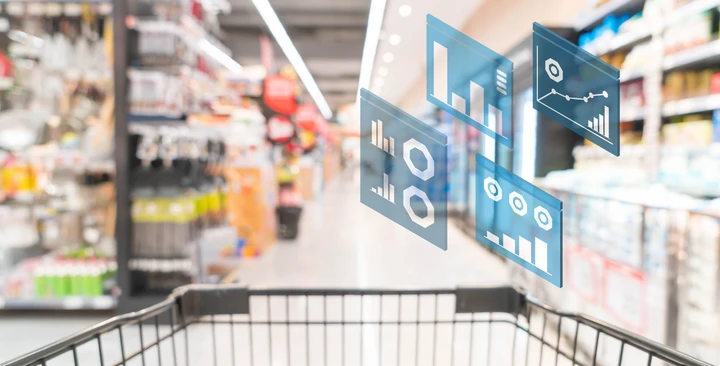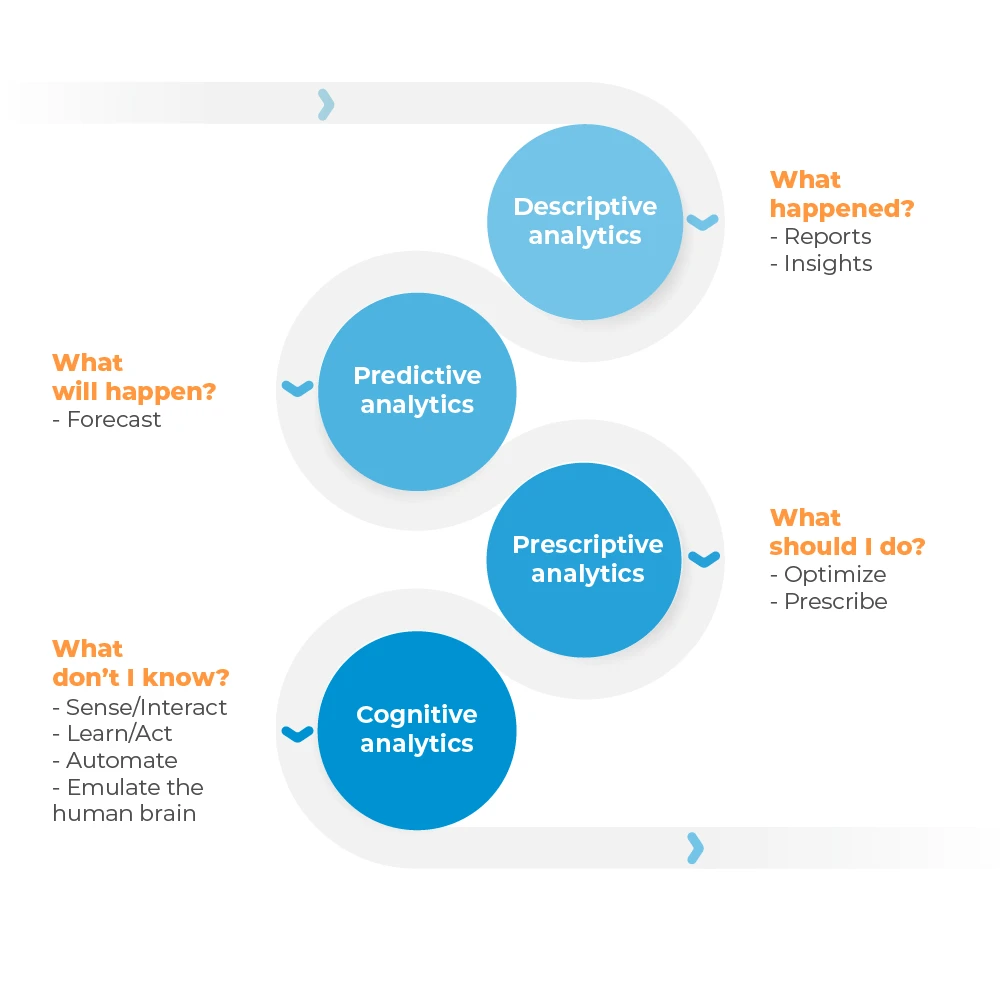
The Pressure is on – Why Retailers Need to Take Action on Green Retailing
Sustainability, a topic that has long been discussed, is becoming one of the most important strategic priorities for retailers. Consumers over the years have become


Retail Example: An apparel retailer would like to know if this year’s spring pre-season sales campaign resulted in higher sales than previous spring promotion campaigns. Descriptive analytics would be used to analyze the response from the previous season’s promotion campaigns and determine if there is a statistical difference with this year’s results.
Retail Example: The apparel retailer would now like to plan for next spring’s pre-season promotion. Predictive analytics would be leveraged to model the response of the previous promotion campaigns and provide an understanding of the main drivers of that response. With this understanding, the retailer can now predict the most likely response from next spring’s campaign, given that any decisions they make affect the main drivers of response.
Retail Example: The apparel retailer is in the process of planning for next spring’s pre-season promotion. There are a number of key business decisions that need to be made, along with identifying business constraints, and determining the business objectives of the campaign. Prescriptive analytics leverages the results of the predictive analytics and then overlays an optimization framework to account for all of the effects just mentioned. The result is a data and business-informed solution for the key decisions necessary for the campaign to meet the business objective.
Retail Example: The apparel retailer now wants to establish a system that learns from previous campaigns and responds to the ever-changing market conditions in the apparel industry. Cognitive analytics provides a framework to actively learn from past campaigns and gives guidance on business decisions needed to formulate the predictive analytics optimization. With the power of AI, many of the decisions a retailer would typically make are automated by the learning system, which is not only more accurate but allows the retailer to have an edge over the competition.
Cognira is the leading artificial intelligence solutions provider for retailers. Cognira is passionate about helping retailers unlock valuable, transformative business insights from their data.
We know retail. We love data.
To learn more, check out our website at cognira.com or contact us today to get started.

Sustainability, a topic that has long been discussed, is becoming one of the most important strategic priorities for retailers. Consumers over the years have become

The Golden Quarter is Here: How Retailers can Succeed this Holiday Season Why Analyzing Customer Trends is Key for Boosting Profits And just like that,
Founded by experienced data scientists and retail experts, Cognira is the leading artificial intelligence solutions provider.